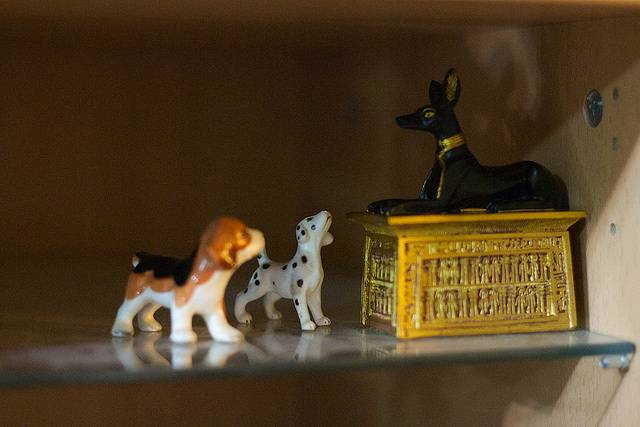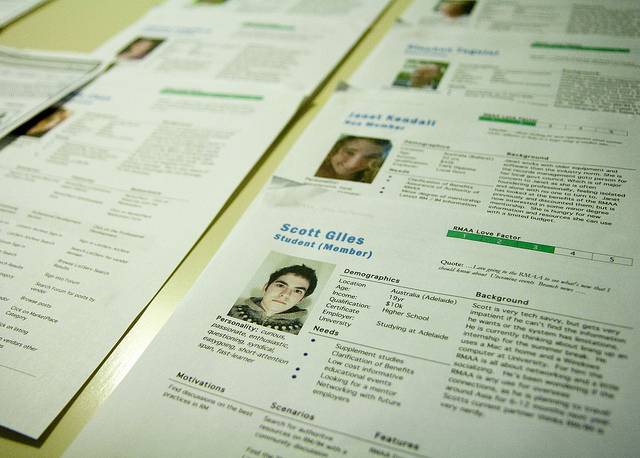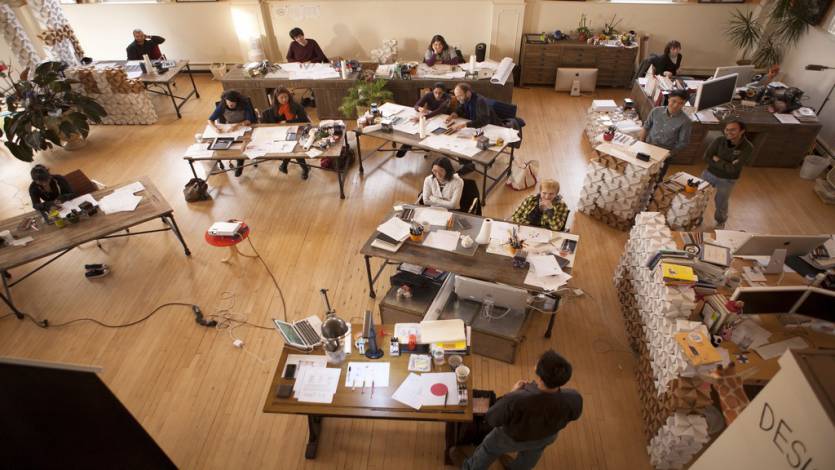Yesterday, we started our short series of best practice tips that will help you get more from your UX projects. Today we continue where we left off yesterday – looking at project meetings and then we’ll take a look at some other ideas too.
Protect People in Meetings

Author/Copyright holder: Alan Levine. Copyright terms and licence: CC BY 2.0
I have a tendency to monopolize a meeting every now and again. I know a few other people like that too. As clever as I like to think I am; other people have valid viewpoints too. You need to protect your participants with less confidence and enable them to come forward. You can control people’s input by directing questions directly at certain people and asking others to step back until they’ve had their say. You can use brainstorming to involve the whole group too. If you think that someone’s not had their say during a meeting – stop them afterwards and ask them to talk to you or send feedback later.
Don’t Solve Problems That Don’t Exist
The whole purpose of user experience design is to create a greater experience for your users. That means you must work out what their problems really are. Before you start creating features for problems that don’t exist or features for features’ sake. Spend time with your users bottoming out exactly what they want from you – don’t be afraid to dig down deeper and get past their first response to truly understand them.
Keep On Talking (Twice If You’re a Geographically Dispersed Team)

Author/Copyright holder: Anna Levinzon. Copyright terms and licence: CC BY 2.0
You cannot over communicate on a project. It may seem time consuming to follow up meetings with an e-mail stating points of agreement and further actions required but it isn’t. People who weren’t able to attend can still offer input if they know what happened. People who did attend but didn’t make notes – can be certain of what’s required of them. If it’s in writing; it’s difficult for people to say “I didn’t know” when things go wrong.
Create High Value Relationships
UX doesn’t operate in a vacuum. You need to develop great relationships with your users and your stakeholders in order to succeed. Your users will feel valued and are more likely to be loyal to a company that constantly consults with them. A sense of community can be a very powerful thing both for the users and your business. Stakeholders can either help or hinder your projects. The better your relationships – the more help they’re likely to give.
User Personas Need Creating Early

Author/Copyright holder: CannedTuna. Copyright terms and licence: CC BY-NC-ND 2.0
Another tool to keep everyone focused on the outcomes is the user persona. By defining what your users want and telling their story in an interesting and involving way; it’s much easier for people to “sense check” their work and see if it is truly valuable or just a red herring. User personas need to be available and ideally in public view throughout the project. It’s the easiest way to ensure that the user remains at the heart of the project.
Header Image: Author/Copyright holder: Juhan Sonin Copyright terms and licence: CC BY 2.0











